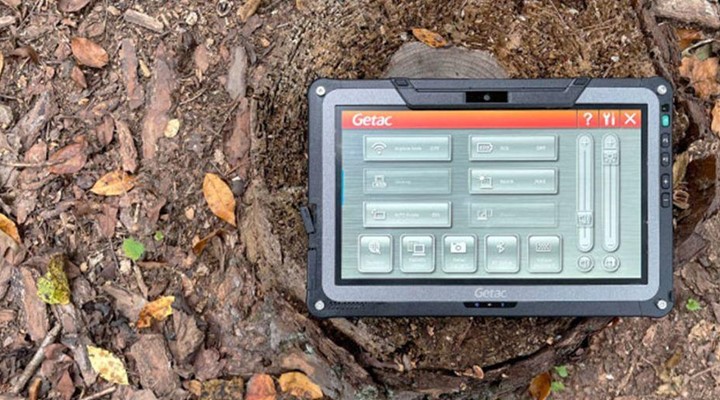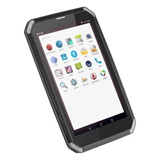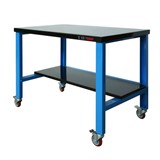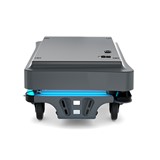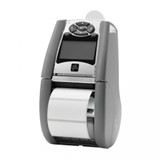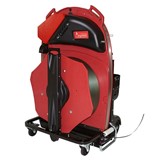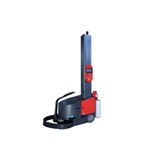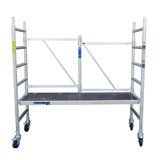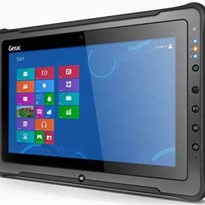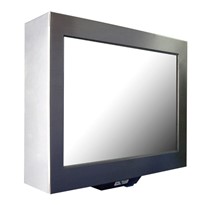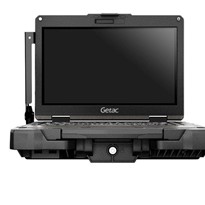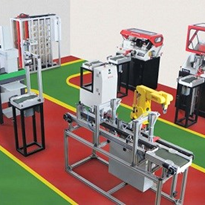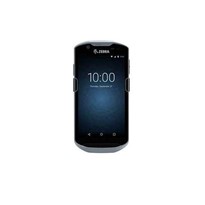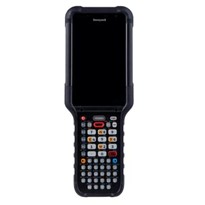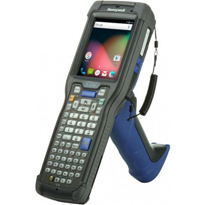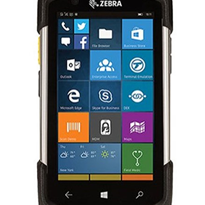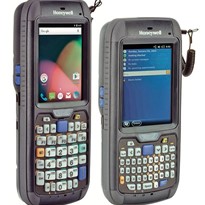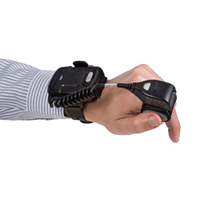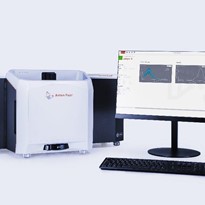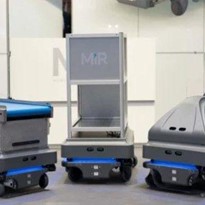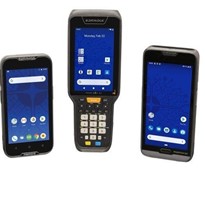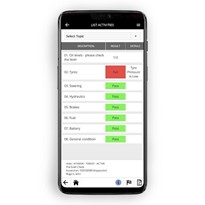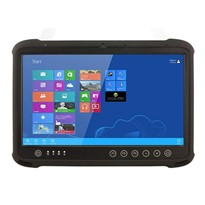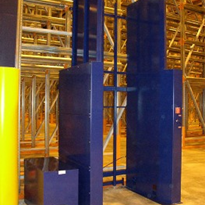While manufacturing has always been a numbers game — quotas met, demand and supply, downtime — discrete and process manufacturers mostly used yesterday’s data to predict what tomorrow would hold. We’re at an exciting crossroads in the industry. Not only do we have easy and cheap access to computing power, but we can also harvest data from a whole slate of new sources, the machines. The increased efficiencies in uptime, productivity, and other key performance indicators of such capabilities are hard to overstate. It’s why this data-driven approach to manufacturing is deemed as the next industrial revolution, Industry 4.0.
Rugged mobile devices are at the forefront of this digital revolution. Not only are they easy to transport and use, but computing power and memory advances also make today’s mobile devices powerful data processors on edge, close to the sources of information. Equally important, their form factor and everyday familiarity make for easier employee adoption.
Here’s how rugged mobile devices can help you benefit from Industry 4.0.
Deliver a platform to access data
Rugged mobile devices provide you with an oversight of plant operations on the plant floor or even remotely through mobile phones. Employees can access the company’s manufacturing execution system (MES) to supervise production lines at the level of granularity they need. Data from Industrial Internet of Things (IIoT) devices can feed algorithms visualized in supervisory control and data acquisition systems (SCADA). These are also found on mobile devices. Efficient mobile device management can also ensure a more exemplary access level, so only authorized personnel can view sensitive data. Plant facility supervisors can access real-time plant floor oversight for efficient execution of supervisory duties.
Enable augmented reality applications
Augmented reality overlays digital images of what an ideal version of a part or process should look like over the “reality.” This compare and contrast approach enables viewers to identify what the outstanding result should look like. Mobile devices with AR apps can help troubleshoot machine problems. The plant worker can pull up digital manual versions through the AR app. They can use the insights to figure out the issues. Experts can also connect with the plant worker through video conferencing. Through remote operations, they can “view” the machine to detect problems and share expertise.
Facilitate supply chain and inventory management
Inventory management runs mostly on autopilot in a smart factory, with restocking orders going out even as raw materials are consumed. When factories share their inventory data with external vendors, all stakeholders can be on the same page and program inventory chains to replenish stock without sending purchase orders. No matter the level of automation in supply chain and inventory management, plant workers often need to check on the number of raw goods or spare parts to ensure smooth production. Rugged mobile devices with inventory management software allow employees to quickly peek at the supply chain and forecast how status will affect the day’s jobs. Employees can also use the device to ship spare parts and other goods as needed from other plant locations.
Set up predictive analytics and higher automation
One of the much-heralded prospects of Industry 4.0 is the reduction of downtime through predictive maintenance. Instead of traditional run-to-fail mechanisms for production or premature replacement of expensive parts, machines can run until they show signs of trouble. Essentially, data from IIoT sensors can signal when an item is about to fail well before the event occurs.
Rugged mobile devices attached to machines act as the conduit for this information. These devices process IIoT data close to the “edge,” or the source of the data. Facility operators and supervisors on the shop floor can get alerts using machine learning algorithms. Mobile devices help execute these advanced technologies close to the machines. Intervention then becomes faster and often more effective when necessary. Such predictive maintenance techniques also allow for greater automation. This enables the smart factory to function nearly autonomously until it needs human intervention.
Train employees
Mobile devices attached to assets can help train employees on usage and safety protocols. Workers need to pass specific training to operate machines. Facility managers can upload these tests and training exercises to related mobile devices. By doing so, employees can undergo the necessary procedures on-site instead of recalling earlier lessons and risk misinformation. AR apps on mobile devices also enable employees to “tour” the equipment. This application helps workers understand what each part looks like in real life before taking the reins and beginning operations.
A comprehensive mobile device management (MDM) protocol for security and access to data needs to complement mobile use on the plant floor. This, in turn, enables employees to make the most of their mobile devices. Productivity improves in all instances whether employees use these devices for workforce management, robotic control, or accessing enterprise asset management (EAM) solutions.
In Industry 4.0, benefits need not be limited to only large original equipment manufacturers (OEMs). Manufacturing businesses of all sizes can switch from pen-and-paper processes to digital ones, and the efficiencies add up incrementally. No matter where you are on the arc to a nearly autonomous smart factory, rugged mobile devices help deliver the benefits of Industry 4.0. In an increasingly competitive and unpredictable global manufacturing environment, you need every advantage you can get. Leaning on mobility enables you to harness these advantages to their fullest extent.
APC Technology is a Getac gold partner.
Join our LinkedIn group for the latest information.





